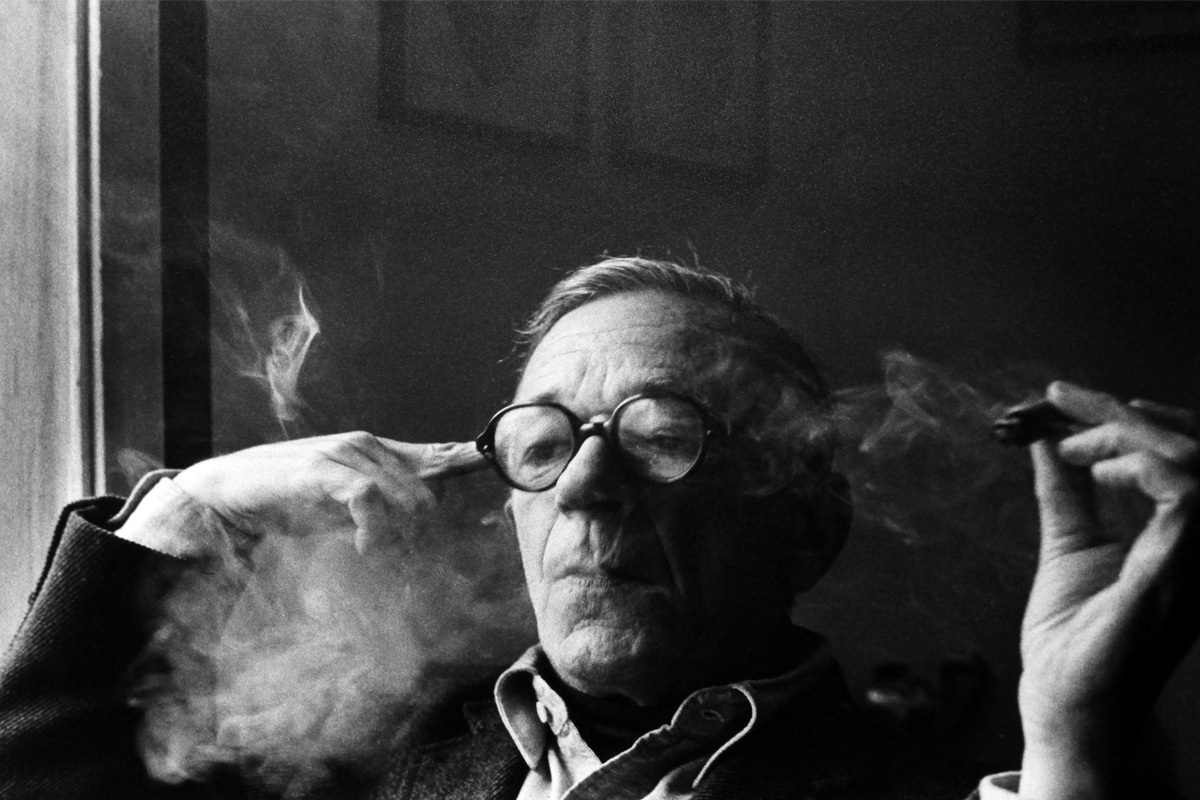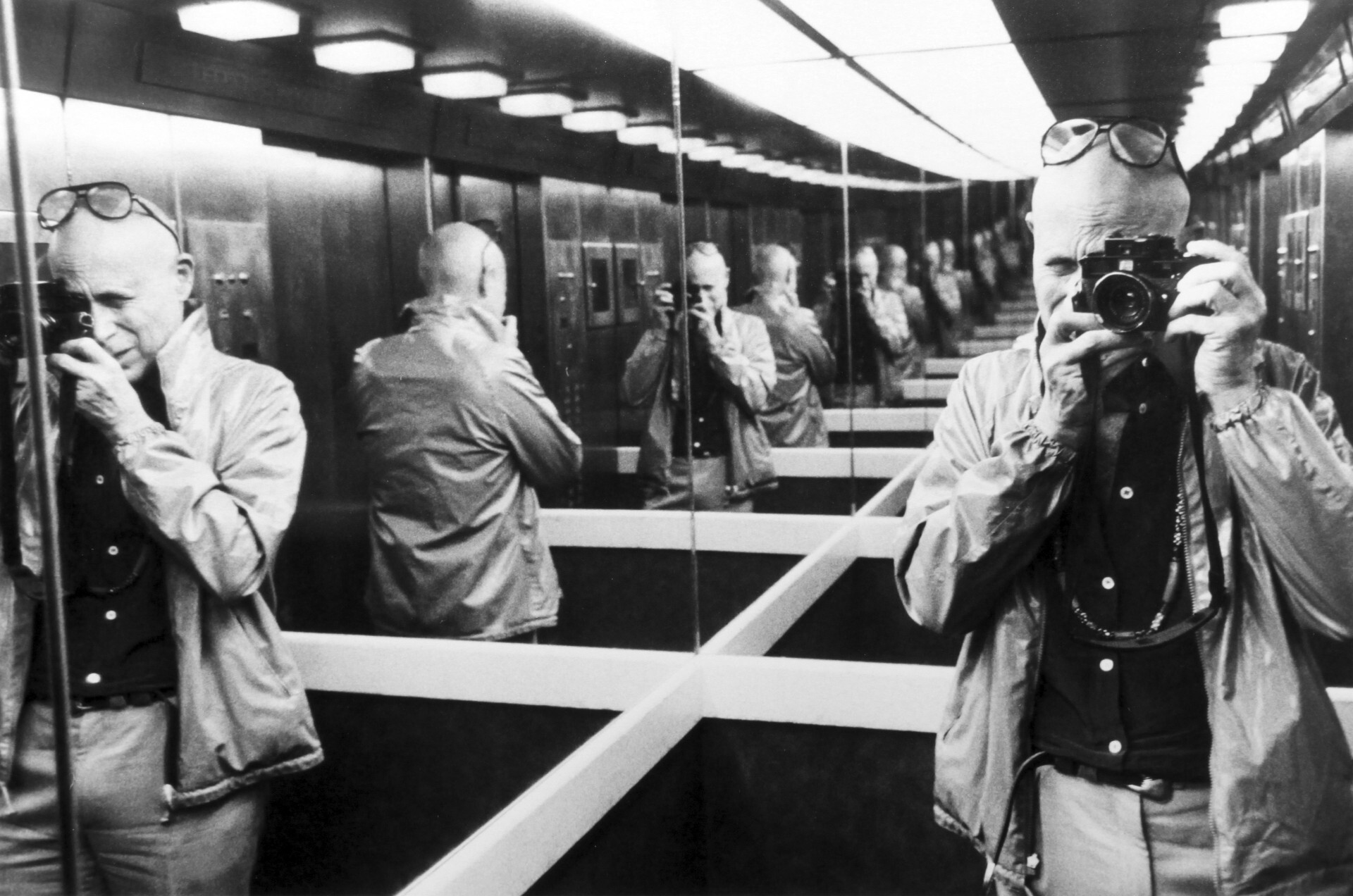
Arnold Crane: “Giants”
07.11.25 - 28.02.26
-
Whether Ansel Adams, Brassaï, André Kertész, Man Ray or Berenice Abbott – he met them all. The greats, the famous, the iconic masters of 20th-century photography. American photographer Arnold Crane (1932–2014) succeeded time and again in capturing them in direct, often private, subtle and fascinating portraits. In doing so, Crane himself became a respected and celebrated photographer.
Over decades, he pursued his portrait series, gaining personal access to what he once called the “giants of photography.” For more than thirty years, Crane visited their homes and studios, seeking to capture the atmosphere and essence of their everyday lives. Always without flash, always in black and white.
During these encounters, trust grew through long conversations—until Crane’s camera, most often a Leica M, went almost unnoticed. His photographs are more than portraits: they convey the entire magic of the photographic moment. The result is a who’s who of the photographic world of the 20th century.
The exhibition at the Leica Gallery Wetzlar offers a reunion with more than twenty photographers—of whom only Lee Friedlander is still alive today. Yet through their images and reports, all of those portrayed have become immortal.
Über Arnold Crane

Arnold H. Crane (1932–2014) received his first camera, a Kodak Brownie, from his father as a small child. Growing up in Chicago, he worked as a young photographer at weddings and funerals, documenting natural disasters, accidents and crimes. His passion for photography grew, as did his collection of cameras—from an early Leica III to a Hasselblad.
Crane studied law, continued publishing in magazines and newspapers, became a lawyer, and paused his photographic work for about ten years. From the late 1960s onward, equipped with a camera and a tape recorder, he began building what would become a remarkable archive of the most important photographers of the 20th century.
In 1995, his photo book On the Other Side of the Camera was published. Crane passed away in November 2014 in Chicago. Today, his works are represented in numerous international collections and museums.
